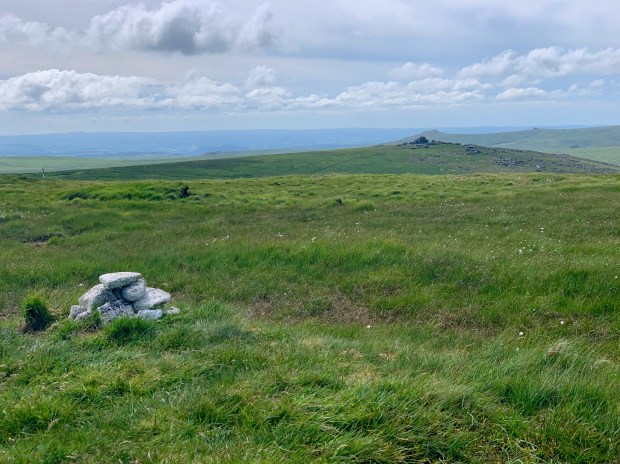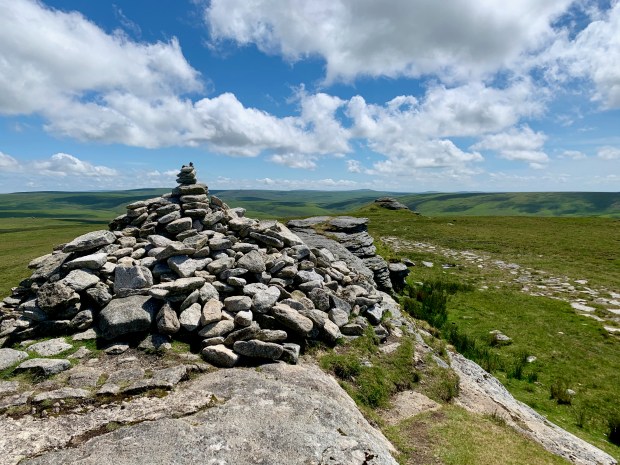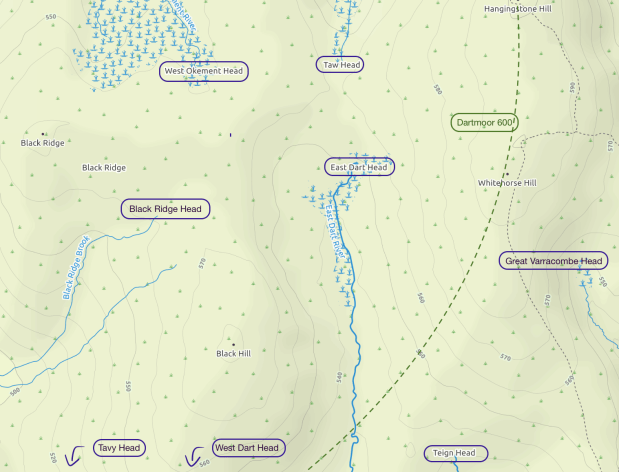
Yesterday I shared my solstice celebration with flocks of sheep, a handful of cows, and ponies revelling in the open grasslands at the heart of Dartmoor.
I chose this longest day to run a clockwise circuit of the Dartmoor 600, an informal route that climbs the five summits in the national park over 600 metres in height: Yes Tor, High Willhays, Hangingstone Hill, Whetstone Hill, and Cut Hill. Spread out across the northwestern sector of Dartmoor, the 18-mile circuit crosses six rivers, following trails, roads, and often entirely trackless moor at one point cresting what is arguably the most remote spot in southern England atop Cut Hill.
In the sunshine of this solstice afternoon, the hills unfurl to a horizon girded by rising grassland and moor, with tufts of hare’s-tail cottongrass vibrating in the winds above sprays of tormentil nestled amidst the brilliance of fescue and bristle bent in these final hours of spring.
In the depths of its remoteness, the moor everywhere resonates with the brilliance of new life rising from the tangled mats of last year’s growth; the constant wind a running partner, urging me onwards; the horizon itself seduces me — drawing me along ripples of every shade and hue of green toward distant tors.

The route of the 600 also passes Fur Tor, which is perhaps my favourite place on all of Dartmoor. This most distant of Dartmoor’s tors (Old English feorr torr) overlooks the headwaters of most of the region’s major rivers: The Rivers Dart (both East and West), Teign, Taw, Tavy, and West Okement.
This Rivers’ Rise is, naturally, a sodden affair where even on the driest of days one can expect miles of spongy wet running and dancing around pools atop elevated blanket bogs. Even here, skirting murky ponds on tired legs near the top of Whetstone Hill, the boundless colours of sphagnum, the depthless black of peat, and, from time to time, a fiery burst of asphodel draw across narrow strips of turf and onward.

I’d been to Fur Tor once before in January, having run from Beardown Tors in the south over a largely frozen trackless moor and had been struck then with the unrelenting openness — no trees for many miles, and the only shelter from wind or sun the granite of the tor itself.
On this solstice, I find myself again seeking solace here in the intimate open between soil and sky.
I will keep coming back.
It is an openness I cannot fathom living without.



Wow. All alone!
LikeLike